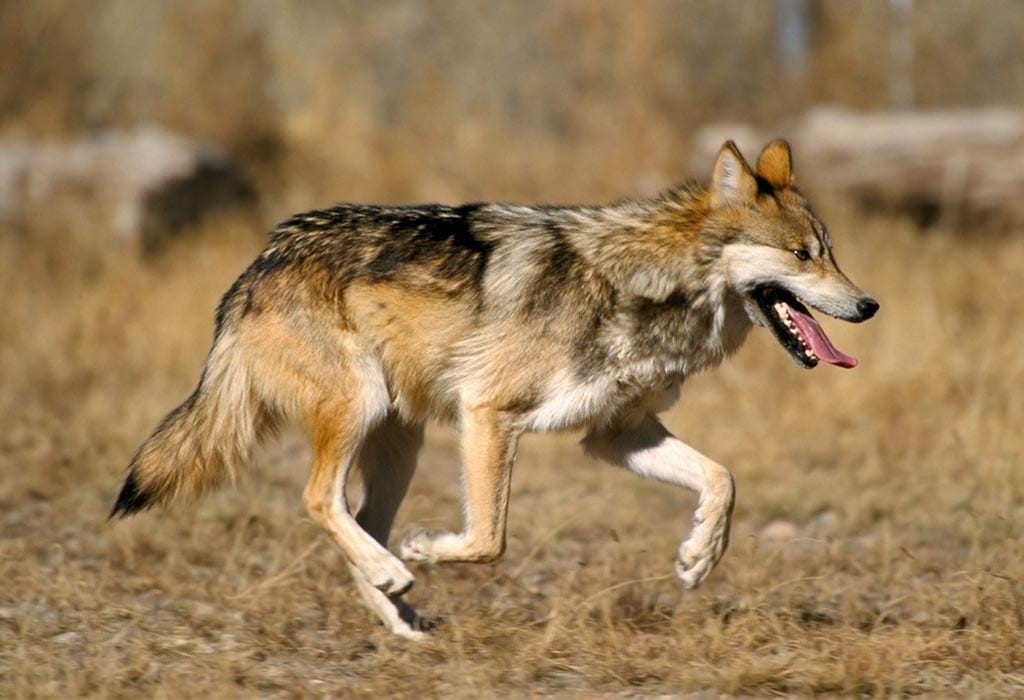Current work in wildlife, rivers, public lands, and climate
Press Releases
Lobo population growth slows as genetic health and limited space hinder recovery
“It’s better for the landscape to have more wolves, no doubt,” said Chris Smith, southwest wildlife advocate for WildEarth Guardians. “But we want true recovery. And until the U.S. Fish and Wildlife Service starts doing more for genetic health and until New Mexico and Arizona allow wolves north of Interstate 40, we won’t get there.”
Mexican wolves have begun to make more forays into suitable wolf habitat in northern New Mexico and Arizona, including Asha, who twice traveled into the southern Rockies in 2023 only to be captured and relocated. Independent scientists indicate that, in order to truly recover, Mexican wolves need three distinct but interconnected subpopulations totalling 750 wolves in the United States. Scientists have pointed to the southern Rockies of northern New Mexico and the Grand Canyon Ecoregion as being ideal for lobo subpopulations. However, New Mexico, Utah, Colorado, and Arizona are all on record opposing recovery in these areas, which were historically occupied by wolves.
BACKGROUND:
The lobo, or Mexican wolf, is the smallest, most genetically distinct, and one of the rarest subspecies of gray wolf. The species was listed under the Endangered Species Act in 1978, but recovery efforts have largely foundered because the U.S. Fish and Wildlife Service has yet to implement scientifically recommended recovery actions.
Although lobos once widely roamed across the southwestern U.S. and Mexico, the Mexican wolf was purposefully eradicated from the U.S. on behalf of American livestock, hunting, and trapping interests. Recognizing the Mexican gray wolf’s extreme risk of extinction, the Service listed it on the federal endangered species list in 1976.
In 1998, after the few remaining wolves were put into captivity in an attempt to save the species, the Service released 11 Mexican wolves to a small area on the border of Arizona and New Mexico now known as the Blue Range Wolf Recovery Area. The program has limped along ever since, with illegal killings and sanctioned removals subverting recovery.
Mexican wolves are at tremendous risk due to their small population size, limited gene pool, Wildlife Services’ activities, and illegal killings.

###